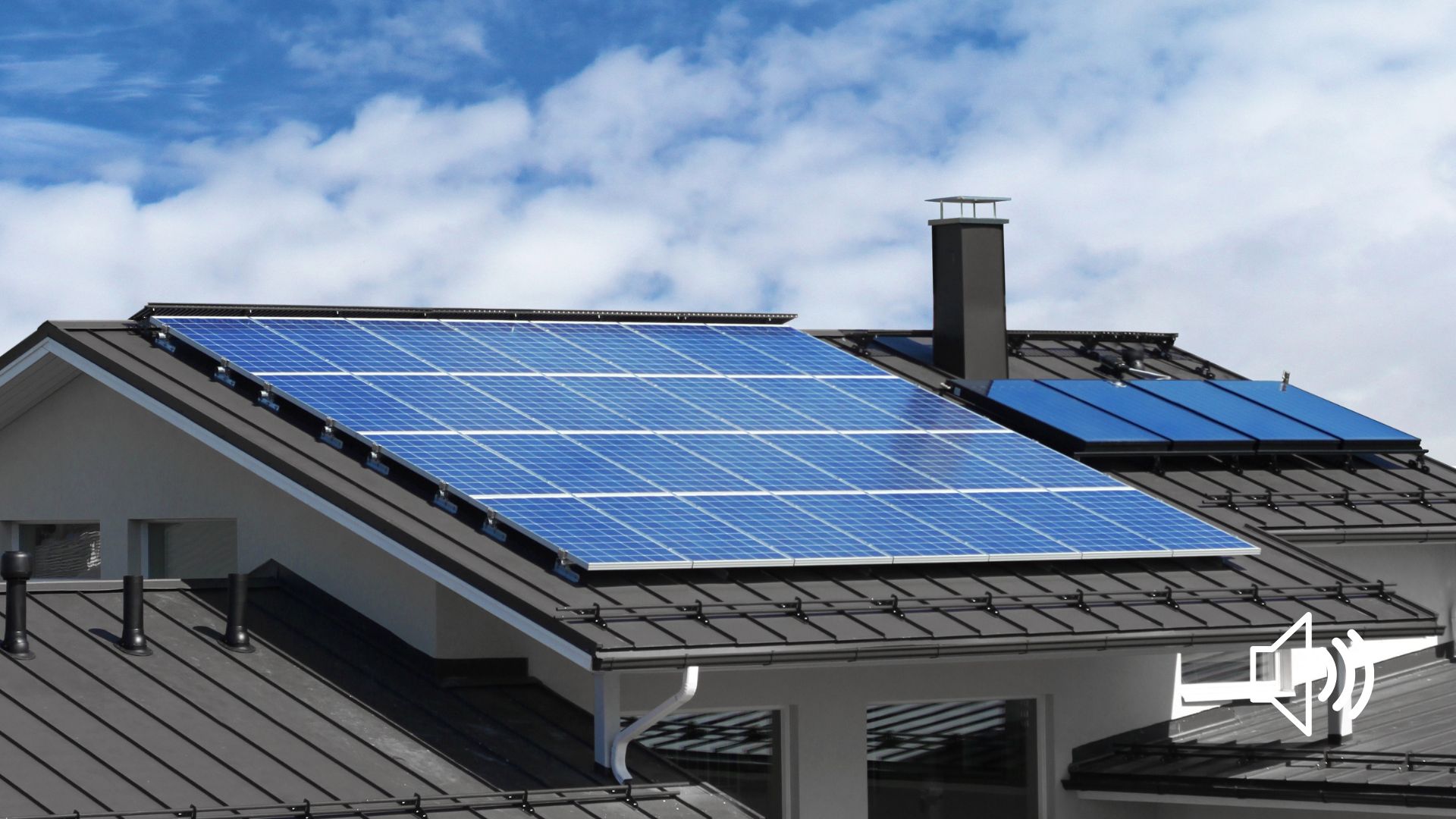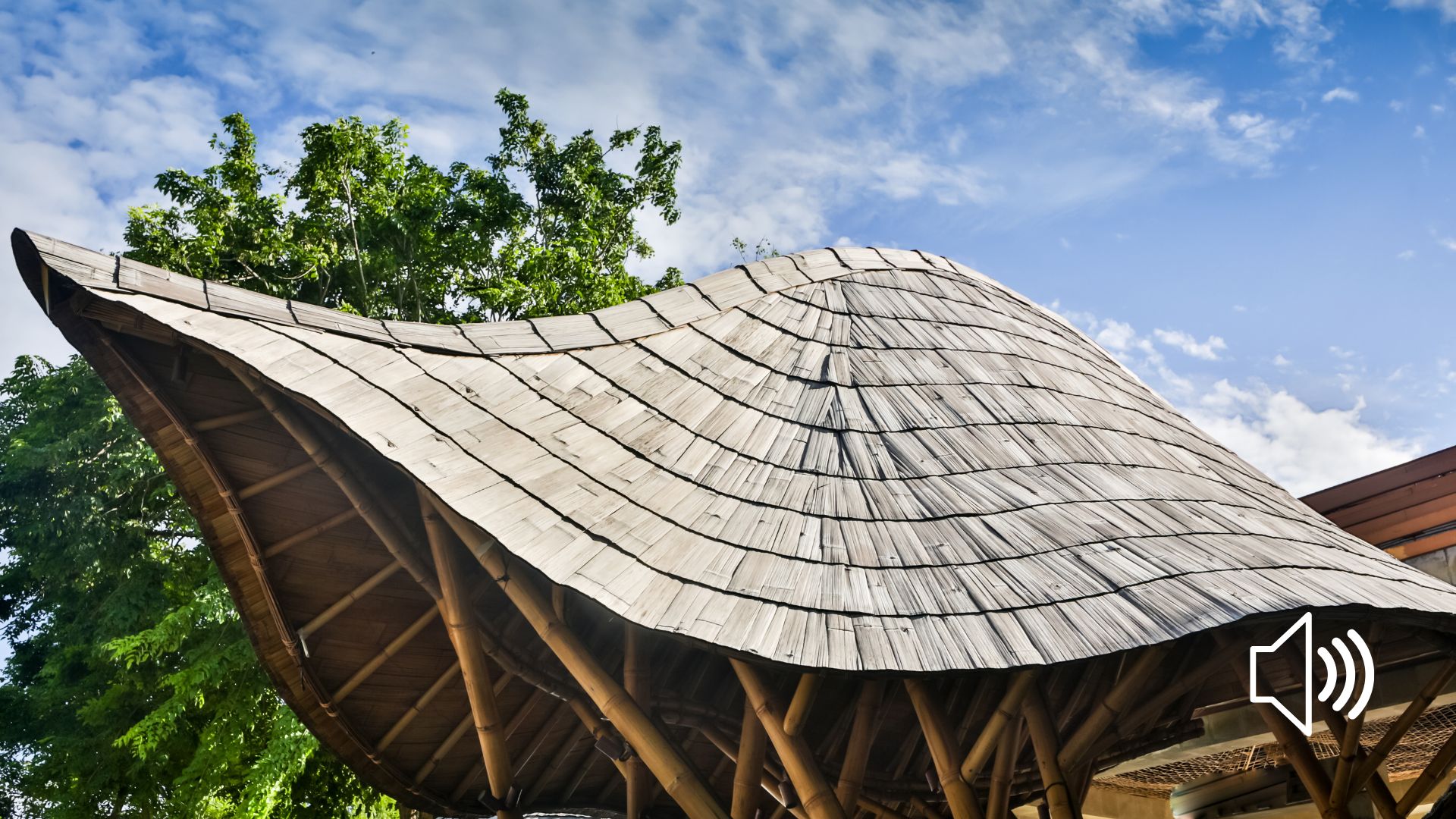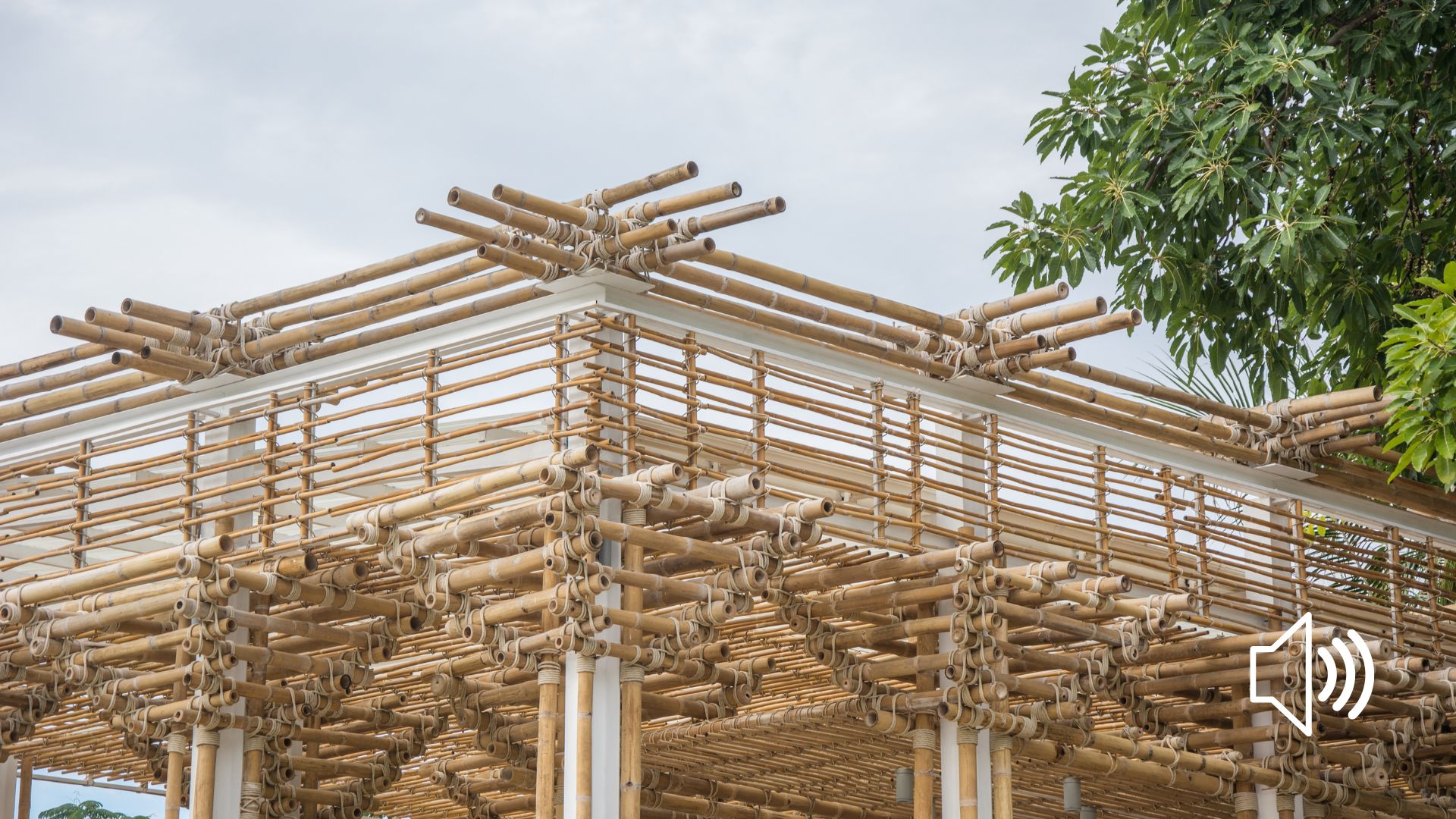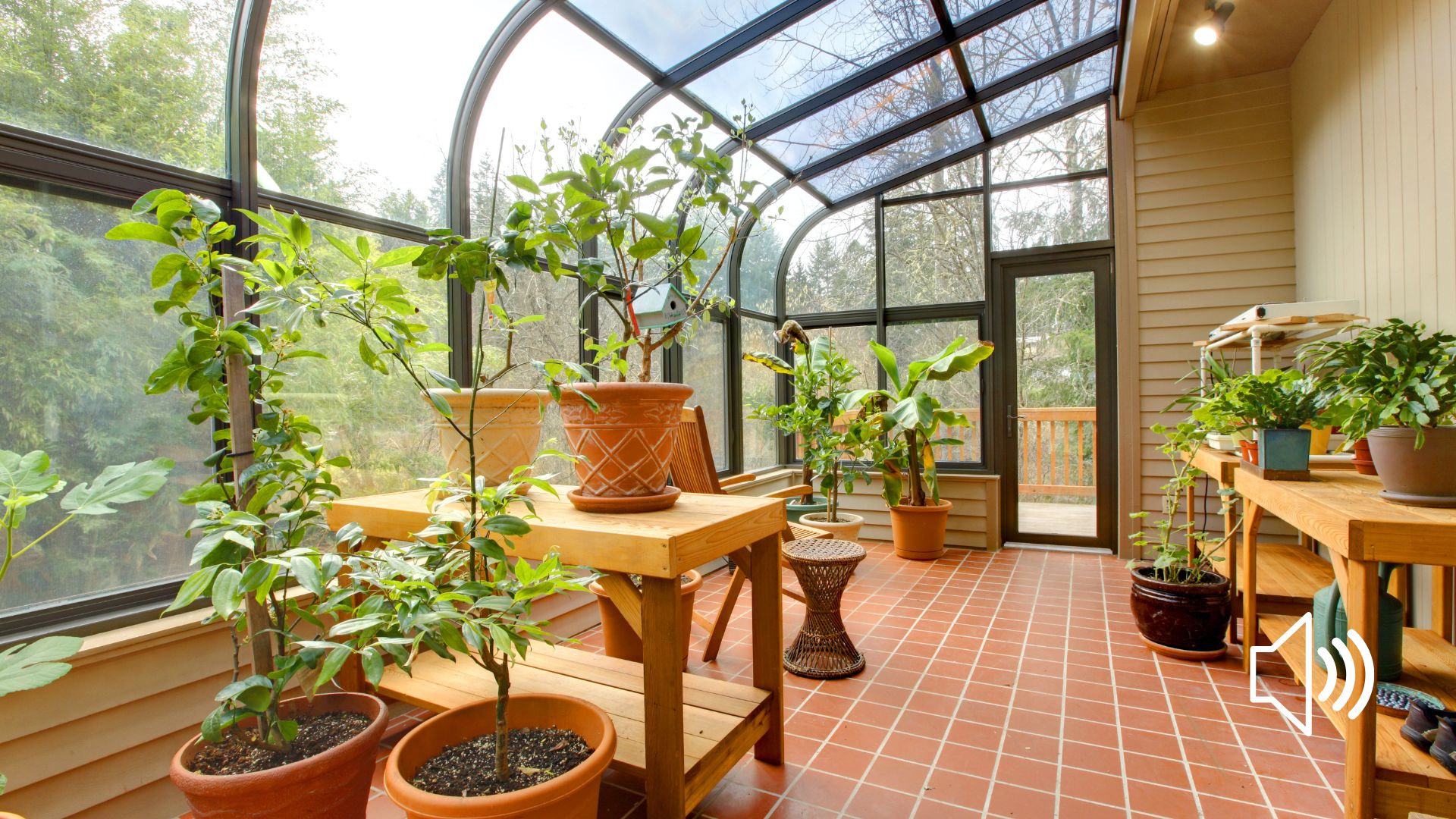In this post, we will examine the following questions: What are energy and energy efficiency? What is the energy needed for buildings? What sources can it be generated from, and what types of sources are there?
Before we start discussing energy, we will explain the term that brings most of you here: energy efficiency. Simply put, energy efficiency means using less energy (fuel) to perform the same task or function in a building, whether it is space heating or cooling, lighting, ventilation, operation of devices, etc.
It is essential to point out that energy efficiency must not be regarded as energy-saving! Namely, saving always implies certain sacrifices, while efficient energy use never compromises working and living conditions.
Furthermore, it is also essential to understand that improving energy efficiency does not mean applying technical solutions. On the contrary, no matter how efficient it is, every technology and specialized equipment loses its property without educated consumers who know how to use it most efficiently.
Now let’s take a step back and briefly explain what energy is needed in buildings. Energy efficiency will be a separate topic in one of the following lessons.
Forms of the Energy in buildings
Energy is the driver of life itself but also the “life” of a building. In short, energy is the ability of an object to perform work. Although energy cannot be seen, we can feel its effects, such as movement, heat, light, sound, etc. Energy changes its form; if it is observed in an isolated system that is not connected with the environment, energy remains the same, but its shape changes.
There are several forms of energy:
- Mechanical, usually determined by the movement or stillness of an object;
- Thermal, which includes conductivity, flow, and radiation as ways of giving off the heat;
- Solar, the source of which can be the sun or an artificial source;
- Chemical,
- Nuclear and finally
- Electrical energy
The letter, together with thermal energy, will be the most mentioned during the course. In building, these two forms of energy are the most common topic, and, more or less, all the calculations related to energy are the answers to these questions: How much thermal energy is needed for heating? And How much electrical energy is required for different purposes in a building?
In nature, the law of energy conservation applies, which states that energy can neither be destroyed nor created from anything. It can only be converted from one form to another or transferred from one object to another.
The units of energy
The unit of energy is the joule (J), although, in everyday life, more common is another unit, i.e., the watt-second (Ws), while even better known is its “stronger” cousin, kWh or the kilowatt-hour. Household bills are normally expressed in these. In one hour, in electrical terms, this is the amount of energy used by a 1 kilowatt (kW) appliance, such as a small electric fire. The prefix ‘kilo’ means 1000 and is shortened to ‘k’. 1 kW = 1000 watts. Most of the energy calculations in this course are in watts, kilowatts, and kilowatt-hours. –Energy statistics may use a ‘scientific’ unit of the ‘joule’ (J). This is the (tiny) amount of energy used by a 1-watt device in 1 second. 1 kilowatt-hour = 3.6 million joules.
In practice, you might come across another unit of energy that is not found in the International System of Units but is helpful to know, and that is the calorie (cal). If you take care of your diet, then you are much more familiar with this unit from that context 🙂
Energy production
Logically, electrical energy is produced in power plants. Power plants are facilities for generating electric power, and they are generally divided according to the fuel they use. Thus, for example, hydroelectric power plants got their name because they use hydropower using water turbines to generate electricity.
Thermal power plants got that name because they produce electricity by transforming thermal energy obtained from the combustion of fossil fuels or by using other heat sources (the sun, geothermal source, municipal waste, etc.). A nuclear power plant is a thermal power plant in which the fission of nuclear fuel produces thermal energy.
Since it is impossible to accumulate large amounts of electric power, a thermal balance must balance the production and demand, i.e., production = demand, and the power plants in the system must be dimensioned to meet this condition at any time.
In electric power systems, there are many consumers, with each of them using electricity in the way and suiting them best. That’s why the demand for electricity changes during the day, and this change is shown in a daily load diagram. There are also weekly changes because not all daily load diagrams within a week are the same. For example, a load diagram on Wednesday will be considerably different from Sunday because Sunday is a non-working day. Among other things, industrial consumption gets lower, while household consumption gets higher.
The seasons also influence the electricity demand, i.e., a winter day load diagram differs considerably from the summer day load diagram. However, it should be said that these differences are becoming smaller in the developed world today. In addition, the types of consumers in the system and the relationship between individual types of consumers play a significant role in shaping a daily load diagram. Primarily refers to the country’s level of industrialization or the area covered by a particular system and the relationship between industrial and household consumption.
As we have already mentioned, there are several types of energy. Still, the most important for us architects is the division of power according to the level of its conversion from a form that cannot be used directly to energy used in our houses, and that division is as follows.
At the place of energy generation, the energy contained in the energy source, which can be oil, gas, coal, wood, etc., produces the so-called Primary energy.
This energy can come from renewable sources, such as solar energy, hydropower, wind energy, biomass and geothermal energy, and non-renewable sources. In addition to those we have already mentioned, there are nuclear fuels, such as uranium and plutonium. Our goal is to always use as much energy as possible from renewable sources. The characteristic of renewable sources is that they are constantly renewed in nature and that, if properly used, they can be considered inexhaustible.
Of course, we cannot plug, for example, a computer in a piece of wood that we put in the furnace; it is necessary to convert energy from an energy source into a form we can use in buildings, electric power. During that transformation in large hydropower plants, thermal power plants, etc., a portion of the energy is lost; hence that so-called Secondary energy is lesser than primary for the amount lost during the transformation.
But, again, we cannot plug the computer directly in the power plant because we don’t have that long cable unless you live next to it). Of course, we’re joking, but even then, you won’t be able to do so because it is necessary to transfer that secondary energy to our houses via a distribution network. Again, energy losses occur depending on the distribution network’s condition and quality, and we get the so-called Final energy lesser than the secondary energy for the amount lost in the network.
And finally, the electricity entering the sockets in our houses is again converted in different forms depending on what we need it for, whether it is a computer, a heater, a stove, etc. Furthermore, a portion of the energy is lost depending on the class and the appliance’s efficiency. That final energy that we get and use is called Useful energy.
Energy used in buildings (residential and commercial) accounts for a significant percentage of a country’s total energy consumption. This percentage depends significantly on the degree of electrification, the level of urbanization, the amount of building area per capita, the prevailing climate, and national and local policies to promote efficiency.
The following are estimated figures for different regions: European Union countries > 40%, Philippines 15-20%, Brazil 42%, Florida/USA 47%, and California 66%.
However, it is essential to know that it is possible to produce, in the buildings themselves, by using specific devices, the portion or all of the energy directly from energy sources or fuels. For example, by using heaters or boilers, the energy from fuels, such as natural gas, heating oil, coal, wood, pellets, etc., can be converted into thermal energy with which we heat spaces or water, provided we have a central heating system.
Likewise, suppose you install solar thermal panels on the roof of the house. In that case, the sun’s electromagnetic radiation will be converted into thermal energy that will heat water in the pipes, which we can further use in the house. Furthermore, suppose instead of solar collectors, the solar panels or the so-called PV photovoltaics are installed. In that case, the sun’s electromagnetic radiation will be converted into electric power, which can be used in the building. You can also install a windmill and generate electricity from wind energy. You can even satisfy the complete needs for heat and electricity by installing devices on the site and thus become independent from the public network. The concept is worth researching and studying.









